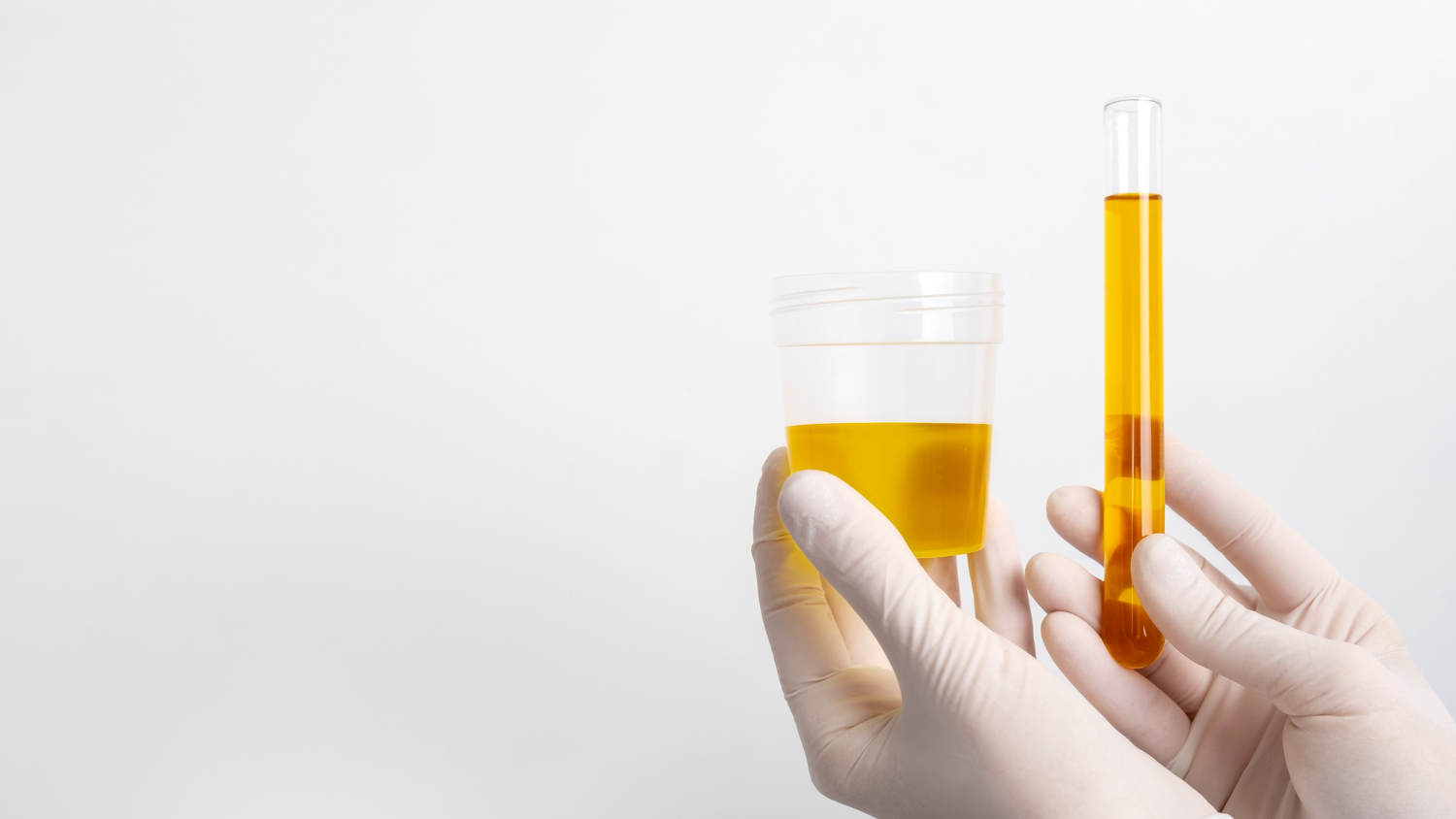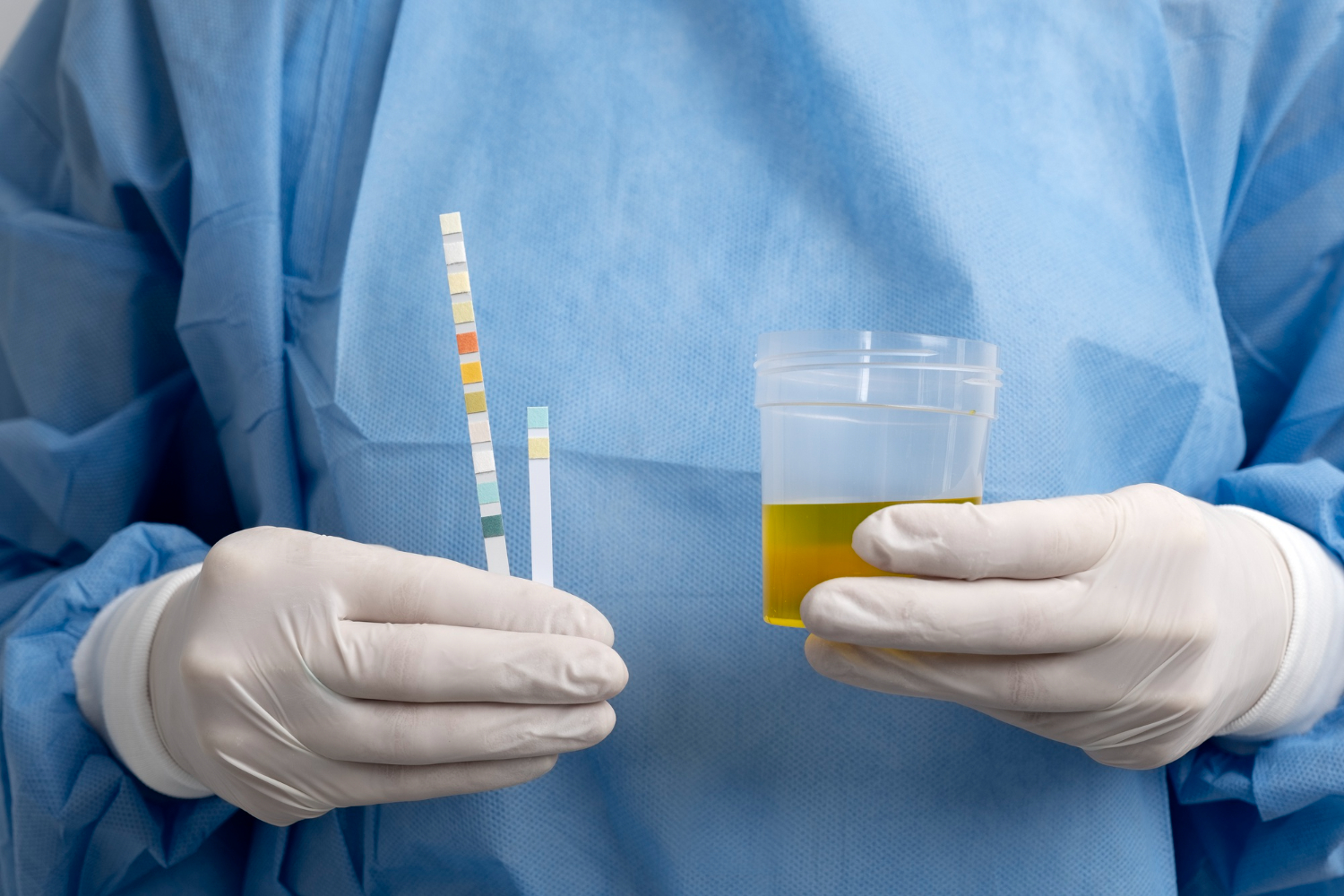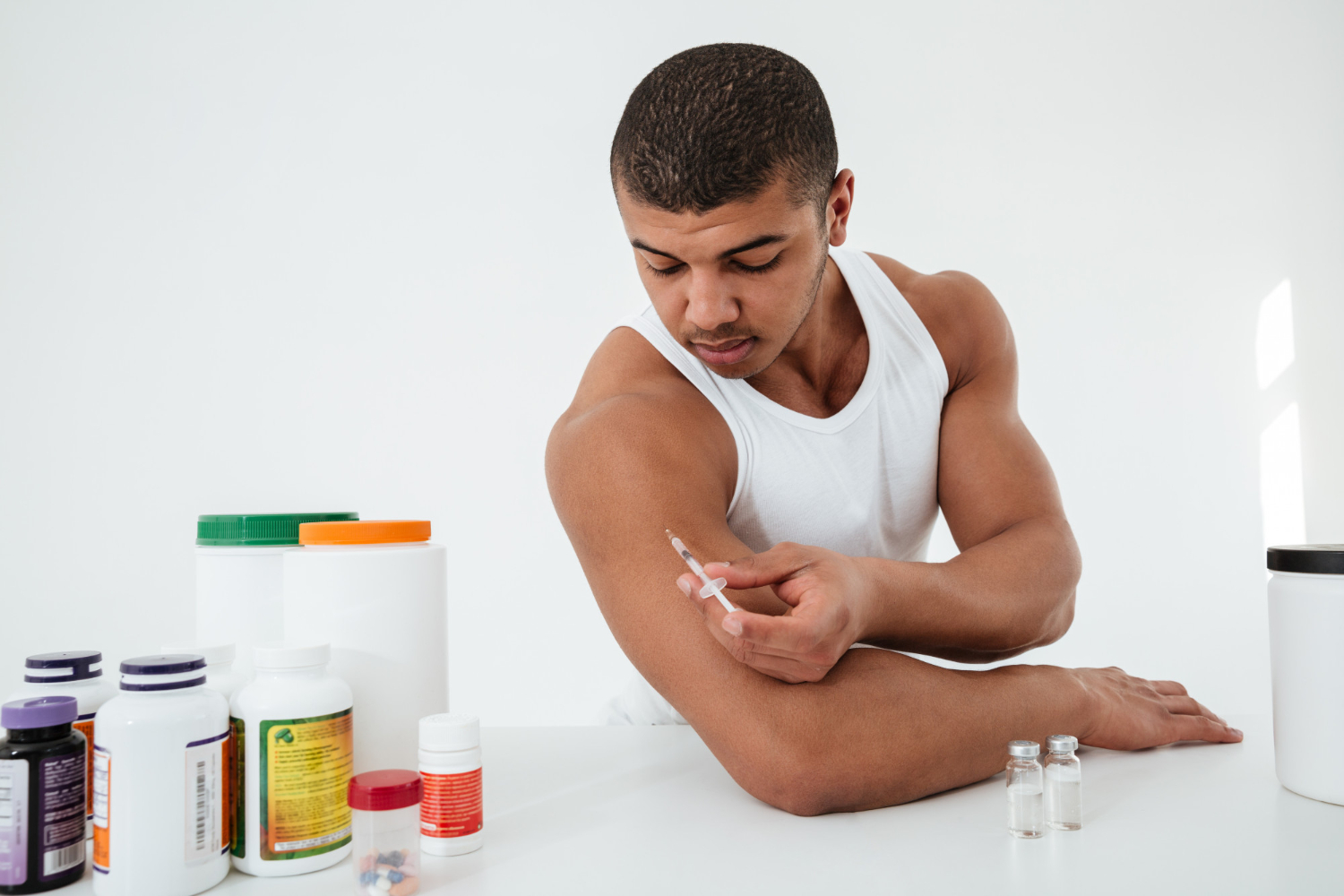.png)
People use the word “dope” in a lot of different ways, and the meaning can shift depending on who’s talking. Sometimes it refers to cannabis, sometimes to harder drugs, and sometimes it’s just slang tossed around casually. Because the topic touches both recreational use and the risks that come with it, some readers exploring substances in general also end up looking into treatment options such as a best alcohol rehab program. This guide lays out the basics behind the term, where it came from, how the substances involved affect the body, and why people use them.
Origins of the Dope Drug
The word “dope” goes back a long way. Early versions referred to thick opium pastes that were used in ancient societies for both pain and rituals. Over centuries, opium was refined into substances like morphine and later heroin, which brought medical advances but also widespread misuse. Regulations followed, and the meaning of the word shifted again. Today, depending on the conversation, someone might be talking about cannabis or about something far stronger. The range of meanings comes from decades of changing drug culture and public attitudes.
Chemical Composition of Dope
When people use the term to refer to cannabis, the discussion usually centers on THC, which is responsible for much of the psychoactive effect. THC interacts with certain receptors that influence how someone feels emotionally and physically. Cannabis also contains CBD, which affects the way the body responds to THC. On top of that, the plant carries aromatic compounds that shape its smell and may influence how it feels to use. All of these components blend together and help explain why two people can have very different reactions to the same strain.
Effects of Dope on the Body
The effects depend heavily on the type of substance, strength, and the person using it. Some notice a quicker pulse or slower coordination. Others feel calm, talkative, or mentally distant from stress. There are people who respond with uneasiness instead of comfort, especially if the dose is stronger than expected. Time can feel distorted, and senses may seem sharper or duller. With long-term use, some individuals experience memory trouble, breathing problems, or a growing reliance on the substance. These reactions underline why conversations about dope often include both short-term experiences and long-term risks.
Medical Uses of Dope
Cannabis has been studied more seriously in recent years for its possible benefits in easing pain, calming certain neurological symptoms, and helping people dealing with nausea during medical treatments. Some patients find relief where other options have fallen short. Others feel unsure about it because the research is still developing and the effects can vary. Doctors tend to approach it with caution, weighing potential benefits against side effects and the specific needs of each patient.
Dope as a Recreational Substance
Recreational use usually comes from the desire to unwind, feel lighter, or change the usual rhythm of the day. Some people use cannabis during social gatherings, while others prefer it during quiet nights. Depending on the person, the experience can be pleasant or uncomfortable. Forgetfulness, dizziness, or emotional swings can happen, especially with stronger products or fast methods of consumption. Because reactions can differ so much, it helps to understand tolerance and potency rather than assuming every experience will feel the same.
Legal Status of Dope
Laws surrounding dope vary widely. In some places, possession brings serious penalties. In others, small personal amounts are tolerated or regulated through dispensaries. Medical use may be legal even when recreational use is not. These rules shift from one region to another, and they continue to change as public opinion evolves. Anyone dealing with these substances needs to know the local laws because the consequences differ dramatically depending on where you are.
Related Topics:

.png)
.png)
.png)
.png)
.png)
.png)
.png)
.png)
.png)



































.png)






.png)
.png)





.jpg)




































